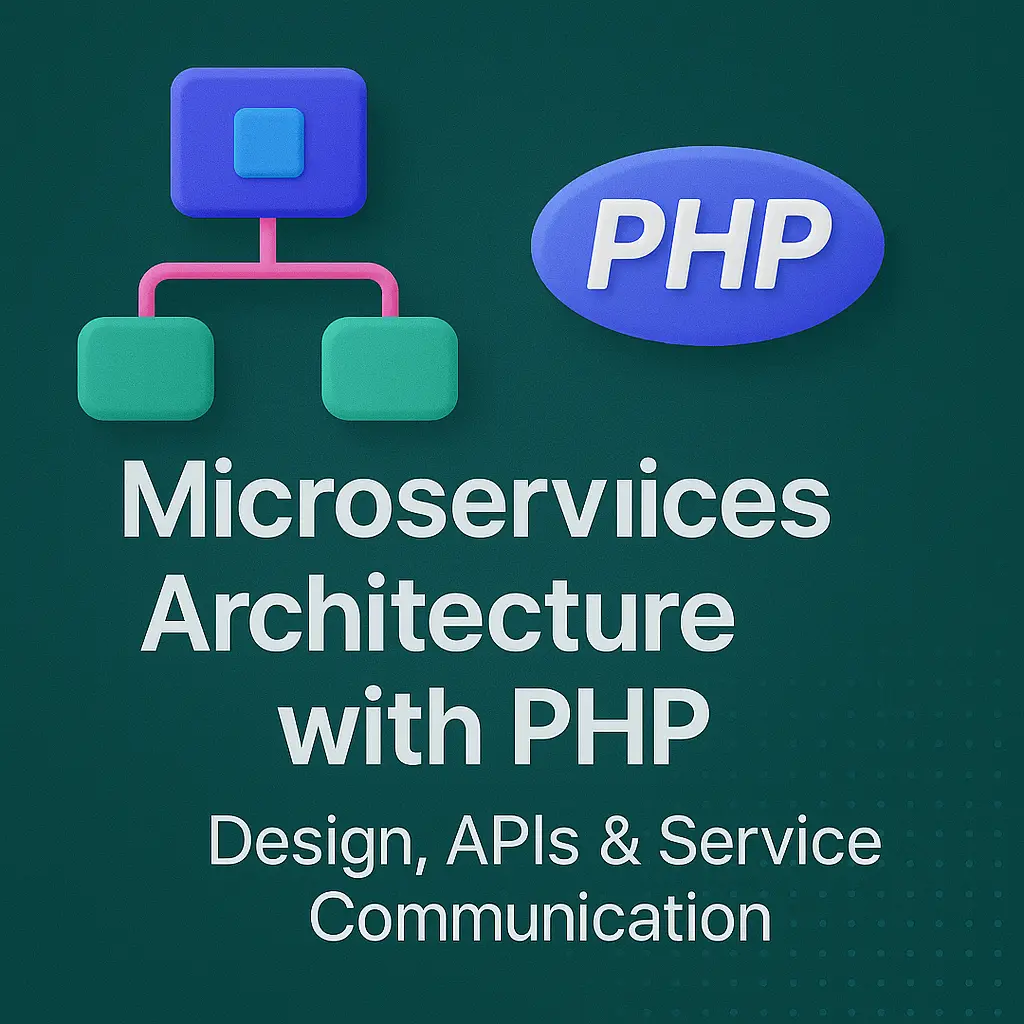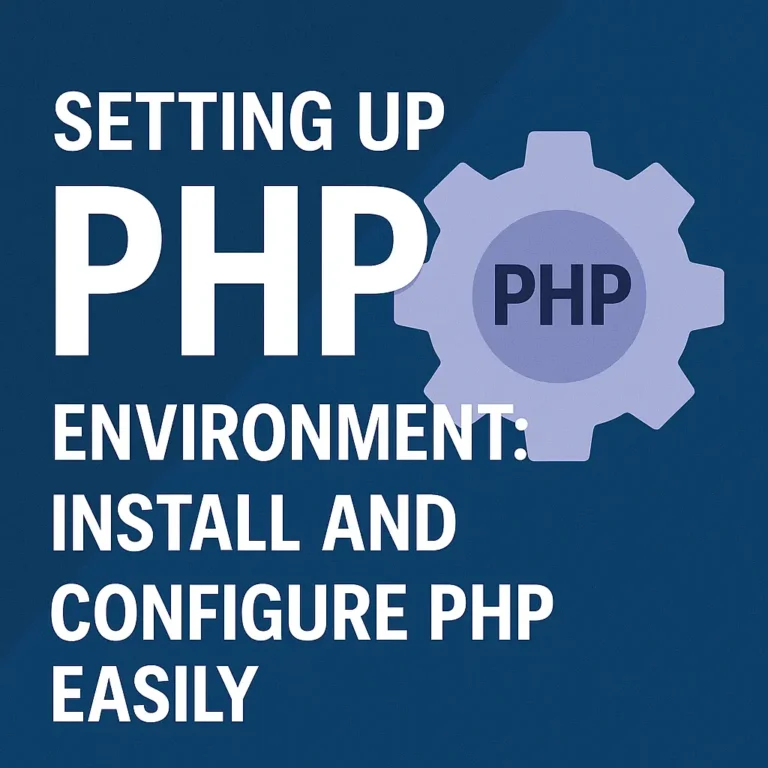In this article, we’ll embark on a journey to understand the essence of microservices and explore how we can implement this architectural style using PHP.
Introduction to Microservices
Microservices architecture is a software development approach that structures an application as a collection of loosely coupled services, each representing a specific business function or capability. Unlike monolithic architectures, where all functionality is bundled into a single, large application, microservices decompose the system into smaller, independently deployable services.
Key characteristics of microservices include:
Decomposition:
Applications are divided into smaller, focused services, each responsible for a distinct business capability.
Independence:
Microservices are developed, deployed, and scaled independently, enabling teams to work autonomously on individual services.
Loose Coupling:
Services communicate via well-defined APIs, allowing them to evolve independently without impacting other services.
Scalability:
Each service can be scaled independently based on demand, leading to better resource utilization and performance optimization.
Resilience:
Failures in one service do not necessarily cascade to other services, promoting fault isolation and system stability.
Implementing Microservices in PHP
Now that we have a solid understanding of microservices architecture, let’s dive into the practical aspects of implementing microservices using PHP. PHP, a versatile and widely-used programming language, is well-suited for building microservices due to its simplicity, performance, and extensive ecosystem of libraries and frameworks.
Here’s a step-by-step guide to implementing microservices in PHP:
Service Identification:
Identify the boundaries of your application and delineate the individual services based on business capabilities. Each service should have a well-defined responsibility, such as user authentication, product catalog management, or order processing.
Service Implementation:
Implement each service as a separate PHP application, encapsulating its business logic, data storage, and external dependencies. You can use frameworks like Laravel, Symfony, or Lumen to accelerate development and ensure best practices.
Inter-Service Communication:
Define clear interfaces and protocols for inter-service communication. RESTful APIs over HTTP or lightweight messaging protocols like RabbitMQ are commonly used for communication between microservices. Here’s an example of implementing a simple RESTful API in PHP using Laravel:
// UserController.php
namespace App\Http\Controllers;
use App\Models\User;
use Illuminate\Http\Request;
use Illuminate\Http\Response;
class UserController extends Controller
{
public function getUser(Request $request, $userId)
{
$user = User::find($userId);
if (!$user) {
return response()->json(['error' => 'User not found'], Response::HTTP_NOT_FOUND);
}
return response()->json($user);
}
}
Data Management:
Each microservice should have its own data store, optimized for its specific requirements. Use databases like MySQL, PostgreSQL, or MongoDB for persistent data storage. Consider implementing event sourcing or CQRS (Command Query Responsibility Segregation) patterns for complex data scenarios.
Service Discovery and Orchestration:
As the number of microservices grows, managing service discovery and orchestration becomes crucial. Use tools like Consul, etcd, or Kubernetes for service discovery, health monitoring, and load balancing.
Security and Authentication:
Implement robust security measures to protect your microservices from unauthorized access and potential security threats. Use JWT (JSON Web Tokens) or OAuth 2.0 for authentication and authorization between services.
Monitoring and Logging:
Ensure visibility into the health and performance of your microservices by implementing comprehensive monitoring and logging solutions. Tools like Prometheus, Grafana, and ELK stack (Elasticsearch, Logstash, Kibana) can help you monitor metrics and analyze logs effectively.
Deployment and Scaling:
Automate the deployment and scaling of your microservices using containerization technologies like Docker and container orchestration platforms like Kubernetes. CI/CD pipelines with tools like Jenkins or GitLab CI can streamline the deployment process and ensure continuous delivery.
Conclusion
By following these best practices and leveraging the capabilities of PHP and its ecosystem, you can successfully implement microservices architecture and unlock the scalability, flexibility, and resilience it offers. Embrace the microservices mindset, iterate continuously, and empower your teams to build robust and scalable systems that meet the evolving needs of your organization.






